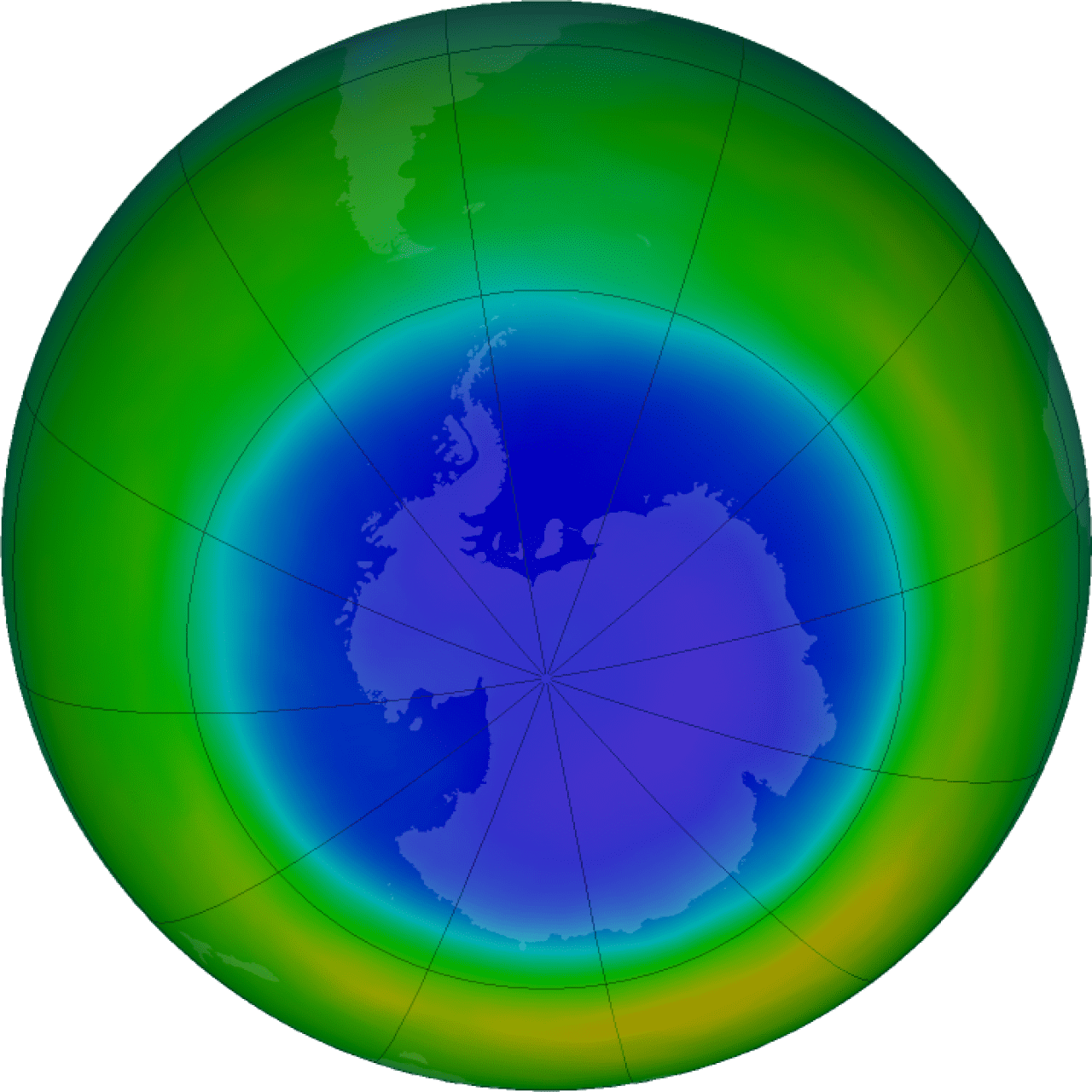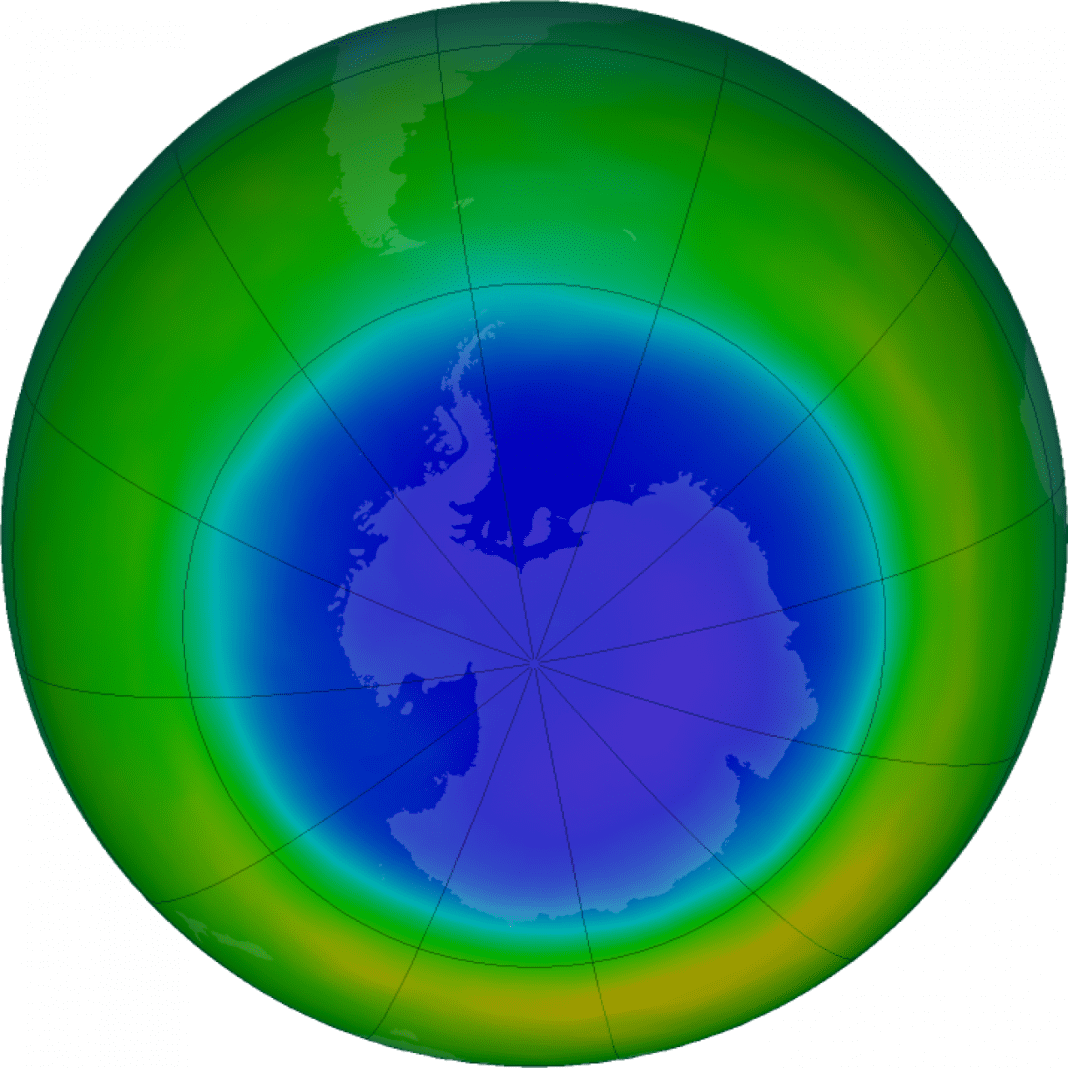Two minutes and two seconds

The cause of the meteorological anomalies observed in the Northern Hemisphere in 2011 and 2020 is partly related to the depletion of stratospheric ozone in the Arctic. These are the conclusions From recent research published in the journal Nature. In particular, it was highlighted that these anomalies, which affect large parts of the Northern Hemisphere, can not only be explained by the diversity of planetary wave dynamics, but are largely driven by stratospheric ozone. It happens that for reasons connected above all with the dynamics of the polar cycle in the Arctic, the ozone layer in the Arctic is weakening; The researchers note that weather anomalies occur across the Northern Hemisphere whenever this occurs. In central and northern Europe, in Russia and especially in Siberia, the spring seasons were exceptionally hot and dry. In other regions, such as the polar regions, humid conditions prevailed. These weather anomalies appeared especially in 2020, We dealt with it. Put simply: ozone destruction occurs in a vortex that is strong and cold in nature, but then the vortex ozone cools even more, amplifying its effects in the troposphere.
Scientists who have studied the phenomenon so far have come to contradictory results and different conclusions. However, it has not yet been possible to isolate the role of stratospheric ozone from dynamic effects during stratospheric and tropospheric coupling processes; For the first time this is quantified. The cause-and-effect relationship between stratospheric ozone destruction and the observed meteorological anomalies is still unclear. The polar vortex in the stratosphere, which forms in the winter and decays in the spring, also plays a role. In order to break down ozone, temperatures in the Arctic must be very low; In practice when the polar vortex is strong in the stratosphere, the layer of the atmosphere is between 30 and 50 km in height. Ozone normally absorbs the ultraviolet rays emitted by the sun, thus warming the stratosphere and helping to destroy the polar vortex in spring. But if there is less ozone, the stratosphere cools and the vortex becomes stronger. Therefore the strong stratospheric polar vortex produces the effects observed at the Earth’s surface by acting on the NAO. So ozone plays a role in temperature changes and circulation around the North Pole. The researchers say the new findings could help make seasonal weather and climate forecasts more accurate in the future.

“Reader. Travel maven. Student. Passionate tv junkie. Internet ninja. Twitter advocate. Web nerd. Bacon buff.”




